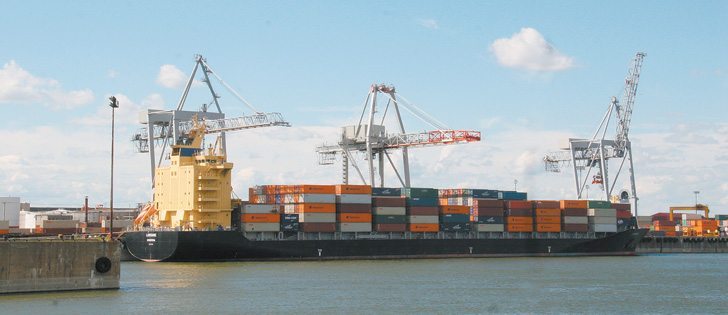Business risk management programs (farm safety nets) are not a typical topic of conversation among farmers, but they should be. The federal government is putting the finishing touches on programs that will be in place for the years ahead and most producers are in the dark about them.
The feds will tell you that there have been extensive consultations for Growing Forward 2, the new federal-provincial agriculture policy framework. In reality, farmers and farm groups have had limited opportunity to discuss and debate the nitty-gritty of AgriStability and AgriInvest.
Read Also

High prices see cow-calf producers rushing to incorporate
Farm accountants are reporting a steady stream of cow-calf producers rushing to get their operations incorporated ahead of selling their calves this fall.
Producers naturally oppose the cutbacks that are reportedly coming, specifically the increase to 30 per cent from 15 in the shortfall needed to trigger AgriStability payments. But if governments commit less money, what’s the best way to restructure these programs?
The National Farmers Union has strong opinions and their recent paper on the topic is a good starting place for discussion. NFU biases are well known, but their ideas on farm safety nets will resonate with a lot of Canadian producers.
Their overriding issue is that business risk management programs under Growing Forward 2 should be improved “by ensuring the money will be directed to family farms instead of being used to help the biggest corporate farms grow even larger.”
In specific terms, the NFU says the maximum AgriStability payment should be reduced to $300,000 per farm from the current $3 million. Their premise is that AgriStability is currently providing backing for big farms to grow even larger.
Many people will say that’s the way it should be — that bigger operations are more efficient and the way of the world. Certainly though, in the public eye, million dollar cheques to big farms are not palatable.
The NFU also points out that AgriStability has maximum value for specialized operations growing a commodity noted for price variability. The program is not as useful for diversified farms because they tend to have less dramatic income downturns. This is a longstanding complaint about the program, but no one seems to have a solution.
On AgriInvest, the NFU plan calls for a lower cap, with access to government funds on a sliding scale. For farms with eligible sales of up to $250,000, there would continue to be a matching government contribution. For sales between a $500,000 and $1 million, government would match only 25 per cent of the producer’s deposit.
Somehow in this country, we’ve never had a debate over the purpose of farm support programs. Do we want to use programs to stabilize all of primary agriculture against inevitable downturns? Or should they also be used to encourage and support small and medium-sized operations?
Remember all the predecessors to AgriStability? The Canadian Agricultural Income Stabilization and Agricultural Income Disaster Assistance were roundly debated, practically household acronyms in rural areas. Those were the dark days in agriculture when a lot of producers were losing money.
These days, particularly in the grain business, returns are good and farm safety nets are well down the list of farmer concerns. There’s a lot more at stake because many producers have established healthy AgriStability reference margins.
When commodity prices take a nosedive or a disease outbreak halts exports, AgriStability has the potential to provide more support than ever before. If government is determined to cut the cost of the program, would you rather have the trigger increased to 30 per cent or the program capped at a lower level?
It’s a debate we should be having.














